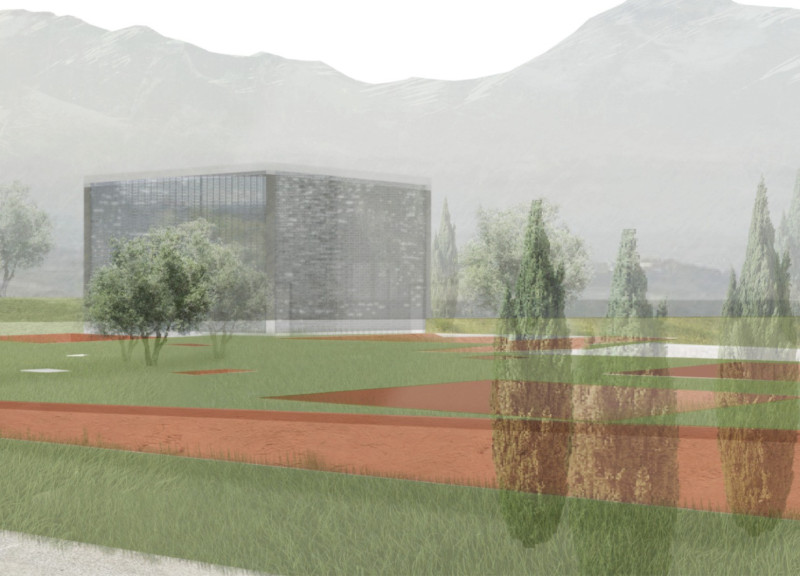5 key facts about this project
The centralized function of Tili Vini includes areas for wine production, tasting, and education. Key components of the project include an underground reception area leading to a series of interconnected spaces that rise towards a tasting room with expansive views. This vertical organization of space not only enhances the experience but also aligns with the narrative of wine production, allowing visitors to engage in a journey from the earth to elevated perspectives.
The design incorporates various unique approaches that set it apart from typical facilities in the wine industry. The initial descent into an underground space reflects a commitment to sustainability and minimal visual impact on the landscape. This area serves as a connection to the terroir, grounding the project in its natural source.
The architectural progression includes several significant areas. The reception welcomes guests into a flow that emphasizes natural light and ventilation, ensuring comfort and an intimate atmosphere. The subsequent areas maintain that focus, using expansive glass façades to create a seamless transition between indoors and outdoors.
The wine tasting area is particularly notable, defined by its transparency and openness to the surrounding views. This design mitigates the separation between visitors and the landscape, reinforcing the connection to the wine-producing environment. Each guest house integrates functional layouts with minimalist interior designs that prioritize comfort while maintaining focus on the natural exterior.
Tili Vini’s thoughtful material selection also contributes to its unique character. Concrete serves structural needs while providing durability, whereas the use of glass blocks enhances clarity and light. Natural stone fosters a tactile relationship with the site, and earthen materials ensure ecological sustainability throughout construction and operation.
To explore the architectural plans, sections, and designs of Tili Vini in more detail, consider visiting the project presentation for a comprehensive look at the architectural ideas that define this unique venture in winemaking.


























